Religion in Japan, Buddhism and Shintoism
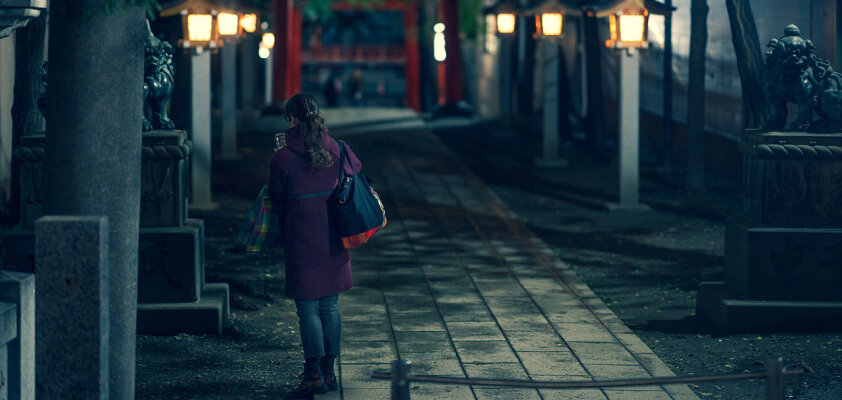
What religions are there in Japan? Are there dominant religions? How does Japan relate to Buddhism? This article answers these questions and more, providing intriguing insights into the handling of religions in the country. In Japan, various religions coexist. Interestingly, these are not condemned, and Japanese people are generally open-minded towards most belief systems. The two predominant religions in Japan are Buddhism and Shintoism.
Buddhism
Buddhism originally comes from India. It was founded there after the awakening of the first Buddha, Siddhartha Gautama, in the 5th century BCE. In essence, every Buddhist seeks the so-called Nirvana, literally translated as "enlightenment," through their way of life and actions.
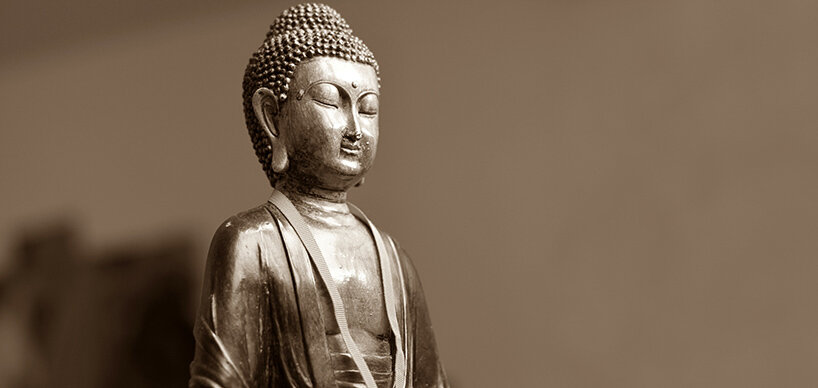
The Buddhist teachings made their way to China through the Chinese monk Bodhidharma, who is said to have founded the first Shaolin Monastery. From there, Buddhism spread to Japan through Korea. Japanese Buddhism has been influenced by various approaches to faith over the centuries, leading to the establishment of new schools of belief. To this day, there are 13 religious schools, with the most well-known being Zen, Nichiren, and Shingon.
In Japan, Buddhism was officially designated as the state religion in the year 594 CE by the then Crown Prince. This designation continued in the 8th century CE under Emperor Shōmu, who insisted on the establishment of a monastery for monks and nuns in each province. From the 9th century CE onwards, the Tendai and Shingon traditions were introduced as two variants of esoteric Buddhism in Japan.
Buddhism in politics
At that time, Buddhism had significant importance in Japanese politics. Additionally, a multitude of cultural influences, especially in medicine and art, entered the island nation through Buddhist beliefs. This extended to the point where Japanese Buddhism strongly influenced the political power structure of the state as well as monk hierarchies. For this reason, in the 8th century CE, the Tōdai-ji Temple was constructed in Nara. It houses the largest Buddha statue in the country, which has been declared a UNESCO World Heritage site.
From then on, six Buddhist sects developed in the Nara period, with the two schools Tendai and Shingon prevailing in the subsequent Heian period. Among the most well-known variations is the Zen Buddhism of the Rinzai tradition.

Japanese Zen Buddhism
Zen Buddhism is a Buddhist belief system without deities. One of the philosophies of Zen Buddhism includes the principle "One is all, and all is one!" In contrast to Christianity, there is no fixed dogma here.
Due to its strict beliefs, it was particularly well-known among the samurai, who hoped for a positive effect on self-liberation and fears through constant meditation. During the so-called Zen flourishing in the Muromachi period, the learned traditions were continued. By the way, this is also one of the reasons why Japanese society is still influenced by Buddhism today. Other Zen concepts included the artistic practice of flower arranging and the construction of the famous Kinkakuji Temple.
Buddhist temples
Kyoto is the best destination to find a multitude of Buddhist temples. But even outside the former capital of Japan, there are other religious sites to explore. For instance, Nara served as the center of the country in the 8th century CE, and as a result, some Buddhist temples can be found in this city.
What is Shintoism?
Shintoism, also known as Shinto, is a Japanese religion that venerates the forces of nature and is literally translated as the "Way of the Gods." This belief is based on the worship of the Kami, a deity with animistic and shamanistic characteristics.
Kami is loosely translated into German with the words "God," "Spirit," or "superior to humans." To this day, the origins of Shintoism remain unclear. According to mythology, the religion came to the island nation through the deities Izanami and Izanagi. Shintoism is dedicated to harmonizing the relationships between humans, nature, and Kami.
In contrast to Christianity, there are over 800 gods in Shintoism. Among them, numerous natural forces are also referred to as Kami. The earthly and spiritual deities are omnipresent in Japanese belief, often tasked with protecting specific locations such as a Shinto shrine or a mountain.
The meaning of kami
The term Kami can essentially mean anything, without distinguishing between good and evil. Humans and animals, as well as trees, plants, lakes, and rocks, can be kami. In Shinto belief, both humans and nature are revered in harmony. Therefore, Shinto shrines are preferably located at scenic landmarks.
What are the religious beliefs and rites?
As a native religion, Shintoism has neither a founder nor a uniformly sought moral code. There is no clear distinction between the earthly and the sacred. Due to this, there is also no explanation of the creation of the world in Shintoism. However, the mythological chronicle Kojiki (Record of Ancient Matters) is noteworthy, as it explains the origins of Japan in connection with the cornerstones of Shinto. A Shinto priest wears a black headgear and a long white garment. Among his duties is the practice and mastery of traditions and rituals that evoke sacred forces.
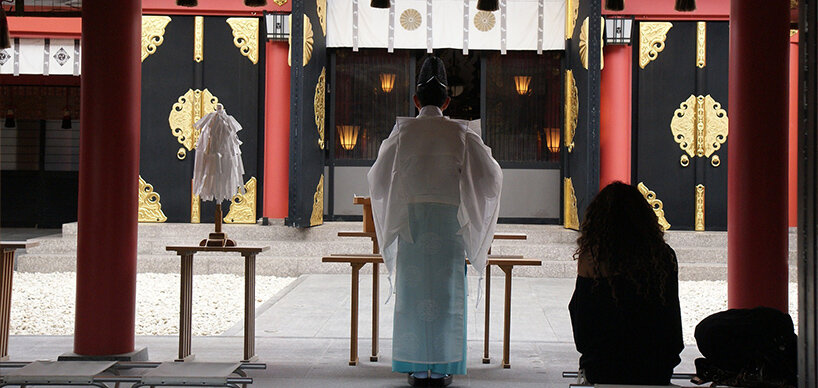
What are the religious beliefs and rites?
Shintoism was declared the official state religion from 1868 until the end of World War II in 1945. Unfortunately, during these decades, the religion was exploited for nationalist and military goals that diverged from the original philosophy of Kami. The primary aim of the authorities at that time was simply to expel the "foreign" Buddhism.
Shintōism in modern Japanese society
Even today, Shintoism influences the lives of the Japanese people. In rural areas as well as in cities, a small Shinto shrine is erected for the respective deity and revered as the "owner of the land." It is not uncommon for Japanese multinational corporations to have a Shinto shrine built for a Kami. In Shinto belief, a rope on the front of the building symbolizes the purity of the place.
Purification rituals in sacred shrines
Japanese people show reverence to their deities by washing their hands in a fountain on the grounds of a Shinto shrine and then rinsing their mouths with long wooden spoons. Before entering the shrine, they clap their hands, fold them in front of their face, and bow. They repeat this ritual three times before proceeding to the worship. This is also one of the reasons for the orderliness and cleanliness, which hold high importance in Japanese society. Flowing water is assigned great significance, and sacred purifications before entering a bath or an onsen source are considered an ancient expression of purification. A special ritual takes place in Ise Shrines every 20 years. A particularly important shrine is completely demolished and rebuilt. The deities of the shrine are believed to gain new strength through this process, and it simultaneously prevents the impure decay of the wood.

What is the difference between Buddhism and Shintoism?
While Buddhism is globally recognized, the indigenous Shinto nature religion is practiced almost exclusively by the Japanese. It has been closely connected to everyday Japanese life for millennia. Japanese people do not strictly differentiate between Buddhists and Shintoists. Typically, they are both, and depending on their lifestyle, the inclination towards one or the other religion may shift.
Buddhism and Shintoism coexist peacefully. The two religions are literally translated as the "Way of the Gods/Kami" and the "Way of the Buddha." Shintoism generally has no issue with the existence of other religions due to its open attitude towards various deities and who is considered "Kami."
A significant difference lies in the attitude towards death. Shintoism is a life-affirming nature religion that focuses on the present. There is no theory for an afterlife in this religion. Therefore, many Japanese turn to Buddhism in this regard. They bury their loved ones according to Buddhist customs so that they can reach the liberating Nirvana after death. In connection with Shintoism, the soul of the deceased initially dwells on Earth for 33 and 49 years before returning to the realm of their ancestors.
Festive occasions
The most important ceremonies in Japanese society are attributed to Shinto. These include imperial ceremonies such as weddings, enthronements, and the annual visit to the Meiji Shrine in Tokyo. Generally, Shinto is used for joyful occasions, such as New Year and daily prayers. The Buddhist belief is employed for serious and sad events due to its philosophy of life after death.
A closeness to nature and care through the worship of the kami
The deep connection to nature and the love for meticulous and conscientious work are partly based on the principles of Shinto. Traditionally, a way of life is led in harmony with the Kami. This is expressed through the reverence and gratitude for natural resources. Additionally, it places high value on the solidarity and helpfulness of people. Purity and care are among the most important goals in the Japanese religion.

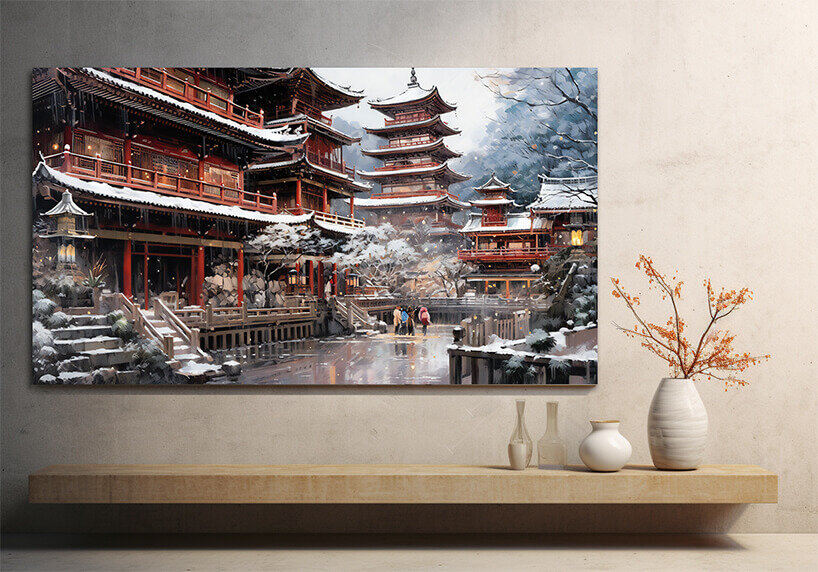
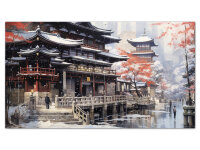
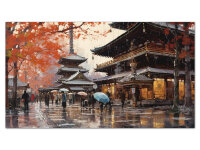
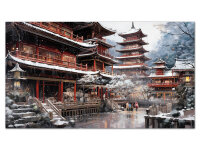










-from-the-yakiyaki-grill-pan.jpg)




